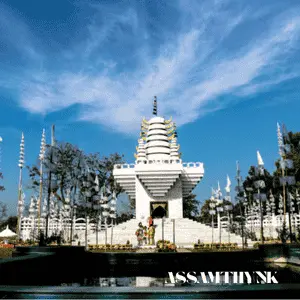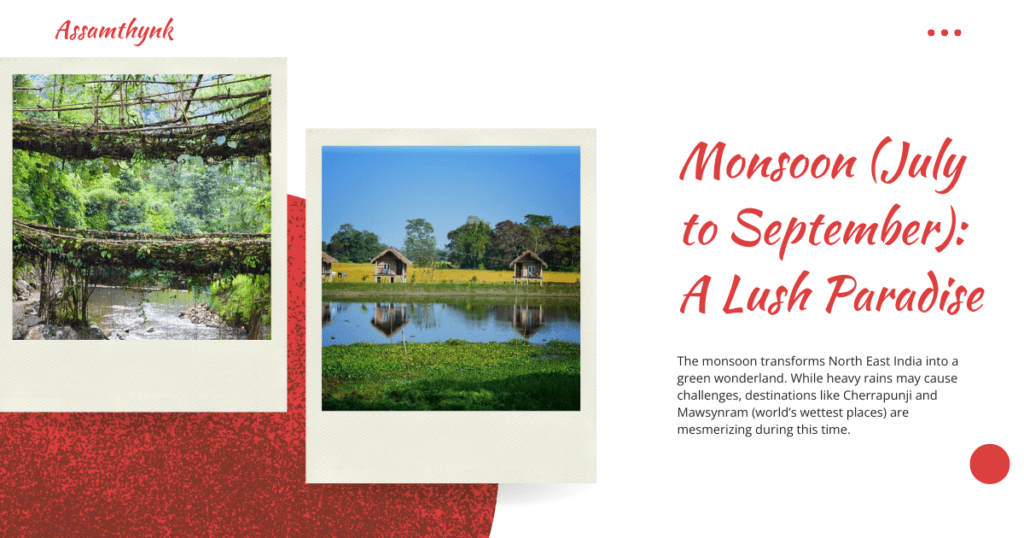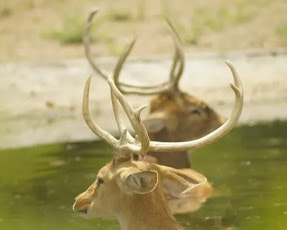Introduction
Manipur, fondly known as the “Jewel of India”, is a picturesque state in Northeast India that beautifully blends natural splendour with rich cultural traditions. Surrounded by rolling hills, sparkling lakes, and lush valleys, the land is also home to warm-hearted people who carry forward centuries-old heritage and customs. Unlike crowded tourist hubs, Manipur Tourism Places offer travellers raw and authentic experiences that leave a lasting impression.
From the enchanting Loktak Lake with its unique floating phumdis to the bustling Mother’s Market in Imphal, and from the serene beauty of Ukhrul to the breathtaking trekking trails of Dzuko Valley, every corner of Manipur tells a story of nature and culture in harmony. This article serves as a complete Manipur tourism travel guide, covering how to reach, top attractions, famous festivals, local food, and essential tips to help you plan an unforgettable journey to this hidden gem of Northeast India.
How to Reach Manipur
By Air
- Imphal International Airport (Tulihal Airport) is the gateway to Manipur.
- Regular flights connect Imphal with Guwahati, Kolkata, Delhi, and other cities.
- Taxis and cabs are easily available at the airport to reach Imphal city and nearby destinations.
By Train
- Manipur does not yet have a direct rail link to Imphal.
- The nearest station is Jiribam Railway Station (about 225 km away).
- From Jiribam, you can take buses or shared cabs to reach Imphal.
- Rail connectivity is being expanded, and soon Imphal will be linked directly.
By Road
- Manipur is connected through NH-2 and NH-37 to Assam, Nagaland, and Mizoram.
- State-run buses, private taxis, and shared jeeps are common travel modes.
- A road journey offers breathtaking views of hills and valleys, though roads may be winding.
Top Tourist Places in Manipur
1. Loktak Lake & Sendra Island
Imagine standing on a hilltop and watching a vast sheet of water dotted with floating green circles—this is Loktak Lake, one of the most iconic Manipur Tourism Places. Unlike any other lake in India, Loktak is alive with its mysterious phumdis—floating islands made of vegetation and soil that drift gently with the wind. These phumdis are not just a visual wonder; many of them even support fishermen’s huts, offering travellers a glimpse of a lifestyle found nowhere else in the world.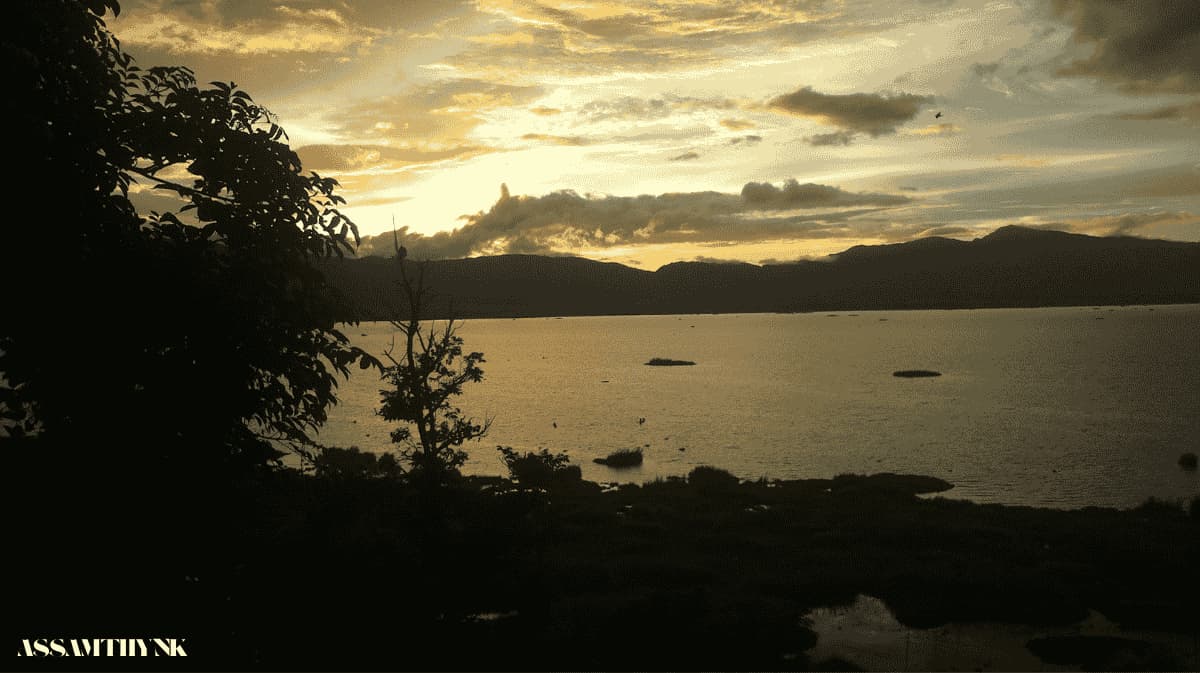
At the centre of this magical lake lies Sendra Island, a hillock that provides the best panoramic views of Loktak. From here, the lake stretches endlessly, sparkling under the sunlight and changing hues with the sky. A boat ride across Loktak feels almost otherworldly—serene, surreal, and alive with the calls of migratory birds.
Adding to its charm, Loktak Lake is closely linked with Keibul Lamjao National Park, the world’s only floating sanctuary. This park is the last natural home of the endangered Sangai deer, often called the dancing deer of Manipur. Together, they make Loktak Lake not just a scenic spot, but also a place of ecological and cultural importance—truly a must-visit gem among Manipur Tourism Places.
2. Keibul Lamjao National Park
If Loktak Lake is the jewel of Manipur, then Keibul Lamjao National Park is its hidden treasure. Imagine walking on floating islands of lush green vegetation—yes, this is the world’s only floating national park, where nature itself seems to defy gravity. The park is alive with delicate phumdis that drift gently on the water, creating a surreal landscape unlike anywhere else on Earth.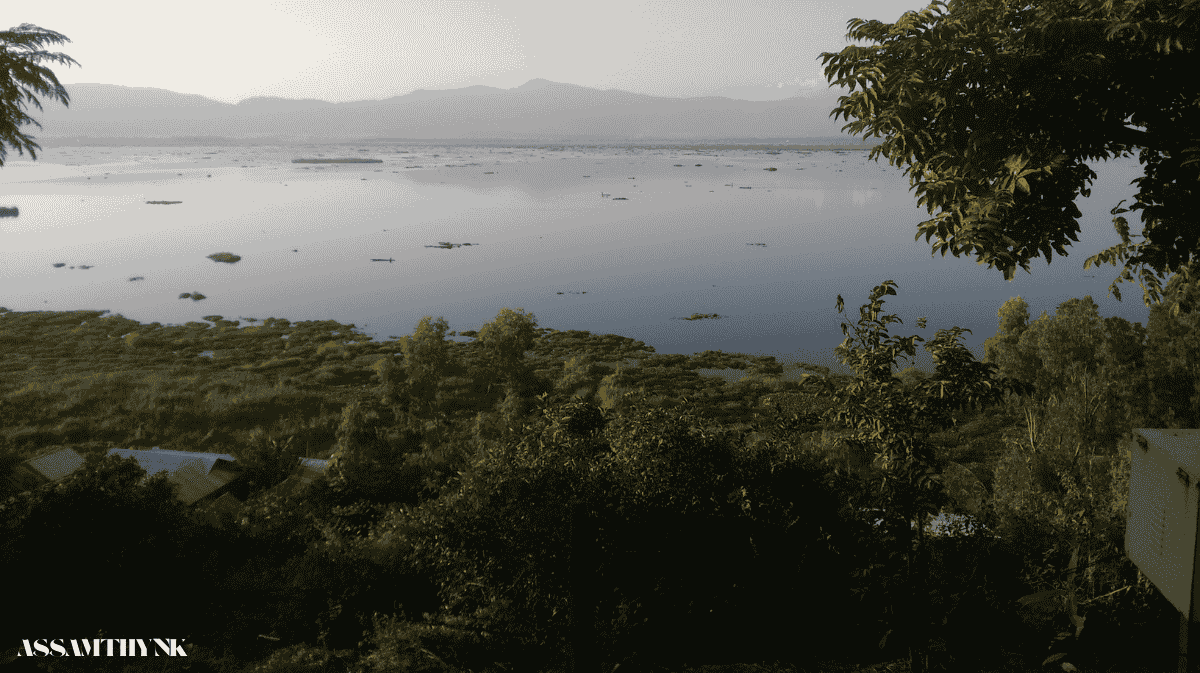
The real star here is the Sangai deer, Manipur’s dancing deer, famous for its graceful, almost balletic movements. Spotting one in its natural habitat feels like a rare privilege, as if you’ve stepped into a secret world. Early mornings are magical, when mist rises from the water and the first rays of the sun shimmer across the floating islands. Birdwatchers also get a treat, with migratory birds like the northern hill myna and black-headed ibis adding bursts of color and song.
Visitors can explore the park via rustic wooden watchtowers, or take a guided eco-tour to learn about this fragile ecosystem and the efforts to protect it. Every step feels like a journey through nature’s wonderland, a place where tranquility and wildlife coexist in perfect harmony.
3. Imphal – The Cultural Capital
The capital city of Manipur, Imphal, is more than just an administrative centre—it is the cultural heartbeat of the state. Surrounded by scenic hills and lush valleys, the city is steeped in legends, traditions, and a proud history that continues to shape Manipuri identity.
A must-visit landmark is the Kangla Fort, once the royal seat of the Manipuri kings. Though much of it now lies in ruins, the fort remains a powerful symbol of the state’s resilience and pride. Its ancient gateways, moats, and sacred shrines transport visitors into an era when Imphal was the seat of a thriving kingdom.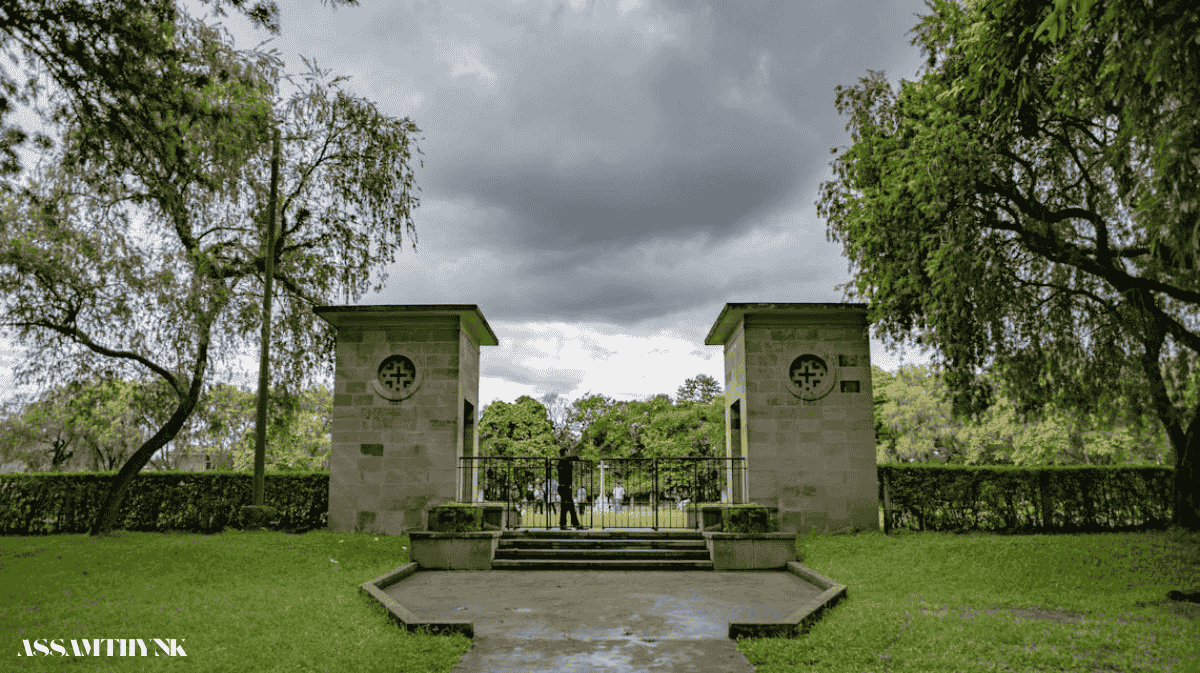
Another highlight is the famous IMA Keithel, or Mother’s Market. Unique to Imphal, this vibrant bazaar is run entirely by women. With more than 5,000 vendors managing stalls filled with spices, fresh produce, handwoven fabrics, and traditional crafts, the market is not just a place to shop—it is a living celebration of women’s strength and independence.
The spiritual side of the city can be experienced at the Shree Govindajee Temple, a revered Vaishnavite shrine known for its peaceful atmosphere and daily rituals. To dive deeper into Manipuri culture, the Manipur State Museum offers a fascinating collection of tribal costumes, ornaments, and historical artifacts.
4. Moirang
The small town of Moirang, located about 45 kilometers from Imphal, is one of Manipur’s most culturally significant destinations. It is best known for its deep connection with Manipuri folklore and its role in India’s freedom struggle.
Moirang holds a special place in the hearts of locals as the centre of the legendary Khamba-Thoibi love story, which is celebrated in Manipuri literature, dance, and songs. Visitors often find themselves drawn into this folklore through traditional performances that keep the tale alive even today.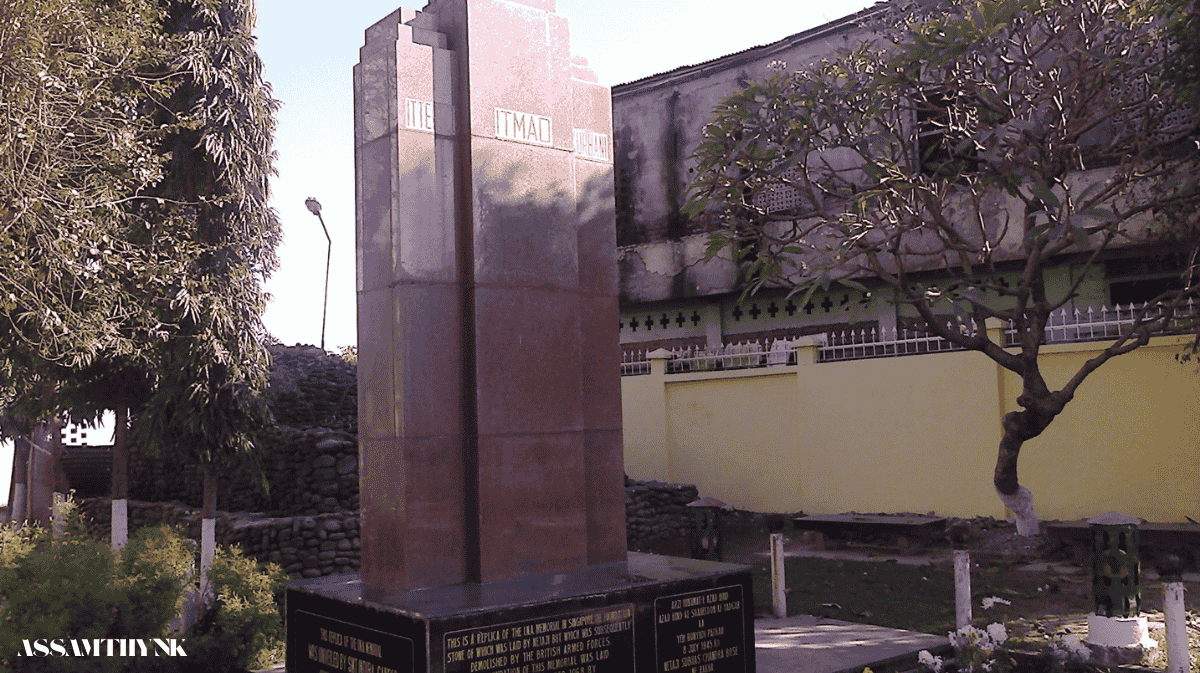
History enthusiasts will also be fascinated by the INA Museum, which stands as a tribute to the Indian National Army led by Netaji Subhas Chandra Bose. It was in Moirang that the INA hoisted the tricolour for the first time on Indian soil in 1944, marking a proud chapter in the struggle for independence. The museum preserves rare photographs, letters, and artifacts from that era, offering a glimpse into the sacrifices of brave soldiers.
Surrounded by the scenic backdrop of Loktak Lake, Moirang is also a gateway to natural beauty and serenity. Whether you come for its folklore, history, or picturesque surroundings, Moirang offers an experience that is both enriching and memorable.
5. Ukhrul
Tucked away in the northeast corner of Manipur, Ukhrul is a hill station that feels like a hidden poem written by nature. Known for its rolling green hills, misty mornings, and tribal culture, Ukhrul is the perfect escape for travellers seeking peace and authenticity. The town is the cultural home of the Tangkhul Naga tribe, whose warm hospitality, folk music, and festivals offer a window into a way of life that is both simple and deeply rooted in tradition.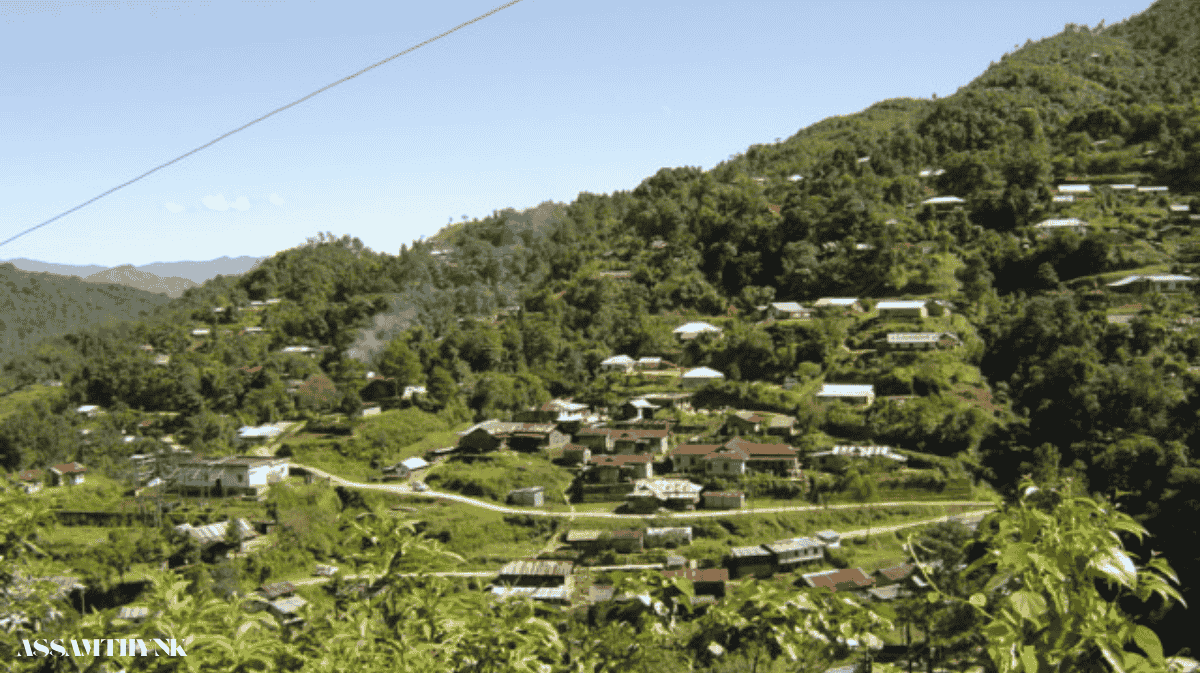
The crown jewel of Ukhrul is the Shirui Hills, home to the rare and beautiful Shirui Lily—a flower that grows only here and nowhere else in the world. Blooming between May and June, the delicate pinkish-white lily carpets the slopes, transforming the hills into a painter’s canvas. Trekkers and nature lovers are drawn to this spot not just for the flowers, but also for the panoramic views of the valleys below.
Apart from its natural beauty, Ukhrul is also known for adventure activities like trekking and camping. The cool climate, vibrant tribal culture, and stunning landscapes make Ukhrul and Shirui Hills one of the most rewarding destinations in Manipur.
6. Andro Village
Just 25 kilometers east of Imphal lies Andro Village, one of the most fascinating Manipur Tourism Places, where time slows down and traditions come alive. Known as the cultural heart of Manipur’s rural life, Andro offers visitors an authentic glimpse into the state’s age-old customs, crafts, and way of life.
The highlight of the village is the Andro Cultural Complex, home to ancient artifacts, traditional houses, and tribal exhibits. Here, travellers can explore unique Meitei-style huts, each representing a different Manipuri tribe, providing a comprehensive insight into the state’s rich cultural diversity.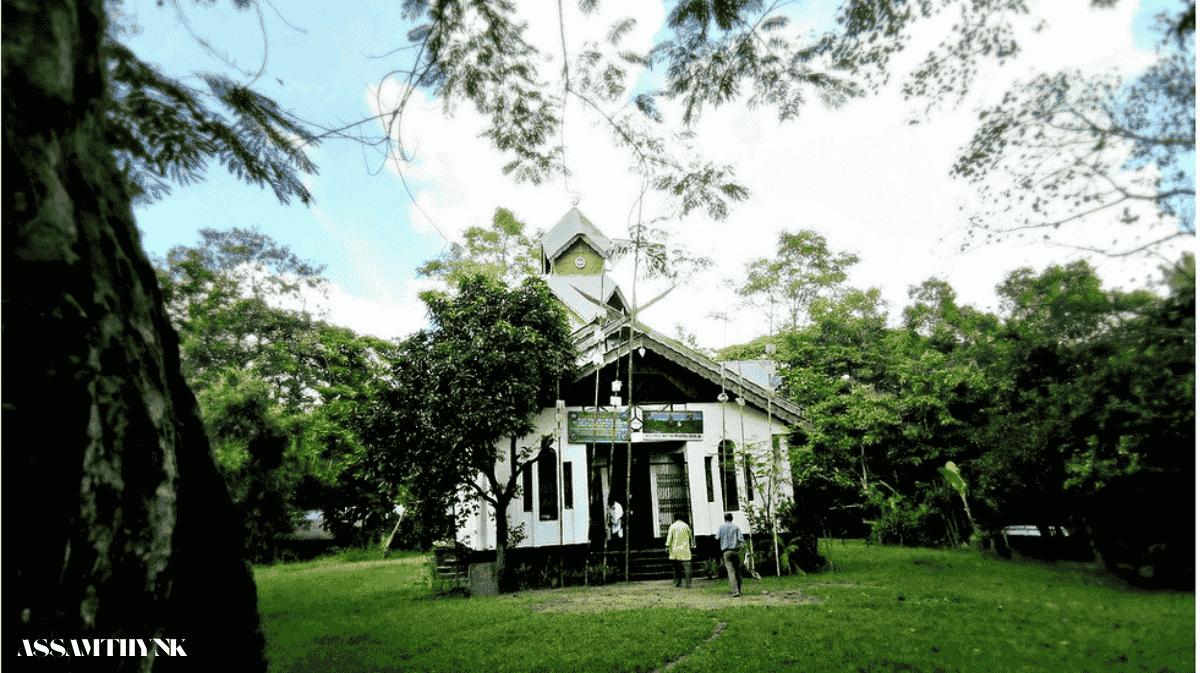
Andro is also renowned for its terracotta pottery, made without a potter’s wheel—a rare technique passed down through generations. Visitors can watch artisans at work and even try their hand at shaping clay, creating a memorable and hands-on cultural experience.
For those seeking spirituality and peace, the sacred Andro Santhei Natural Park and Temple offers a serene retreat amid greenery and tranquil ponds. With its cobbled paths, warm locals, and immersive cultural experiences, Andro Village is more than just a sightseeing destination—it is a celebration of community, art, and harmony with nature, making it a must-visit among Manipur Tourism Places.
7. Khongjom War Memorial
Perched on a serene hilltop about 36 km from Imphal, the Khongjom War Memorial is one of the most significant Manipur Tourism Places. It stands as a timeless tribute to the brave Manipuri soldiers who sacrificed their lives during the Anglo-Manipur War of 1891—a battle that remains a defining moment of courage, patriotism, and resilience in Manipur’s history.
The memorial’s centerpiece is a towering statue of a Manipuri warrior holding a sword, considered one of the tallest of its kind in the world. This impressive monument symbolizes the indomitable spirit of those who fought valiantly against colonial forces despite overwhelming odds. Surrounded by tranquil landscapes, the site offers visitors a serene space for reflection and remembrance.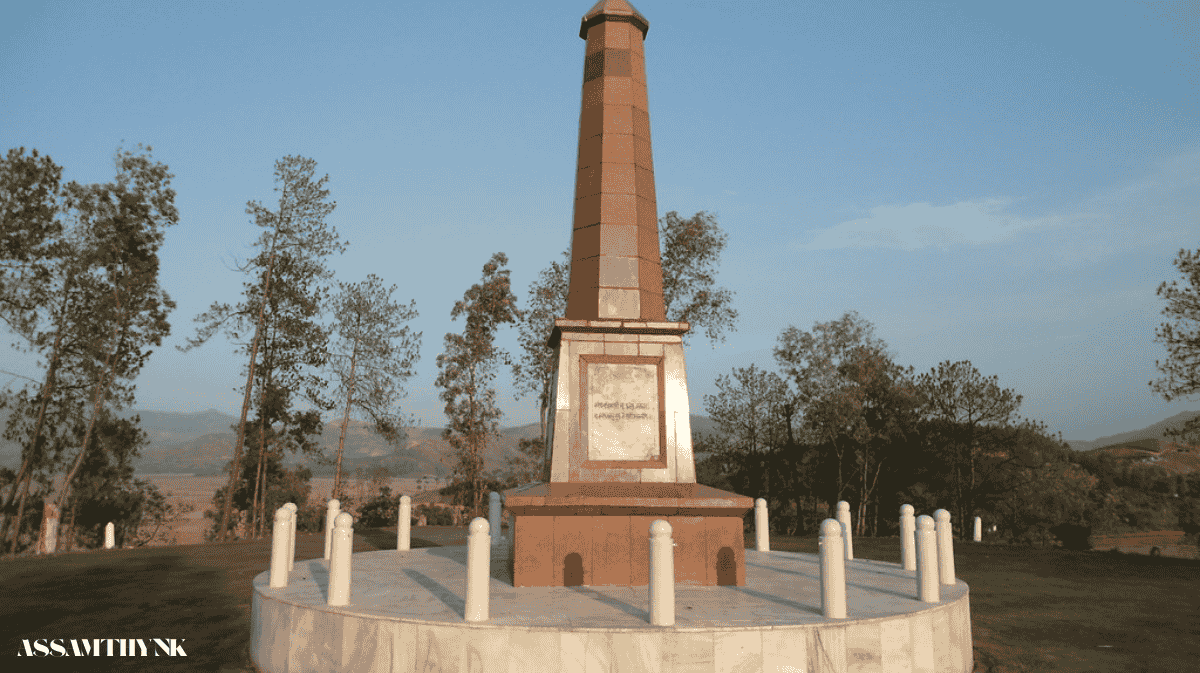
Every year on 23rd April, Khongjom Day is observed here with great reverence. Locals, historians, and travellers gather for cultural programmes, floral tributes, and patriotic performances that honour the heroic deeds of Manipuri warriors.
For history enthusiasts and curious travellers alike, Khongjom War Memorial is more than just a landmark—it is a journey into Manipur’s past, a chance to witness the pride, courage, and enduring spirit of the people. Truly, it is a must-visit site among Manipur Tourism Places.
8. Dzuko Valley
Perched at over 2,400 metres above sea level, Dzuko Valley is one of the most enchanting Manipur Tourism Places, shared by both Manipur and Nagaland. Often called the “Valley of Flowers of the Northeast,” it is famed for its rolling green meadows, crystal-clear streams, and seasonal blooms that transform the valley into a painter’s paradise.
Dzuko Valley captivates visitors in every season. In summer, wildflowers carpet the meadows, while the monsoon brings lush greenery and misty clouds drifting over the hills. During winter, frost adds a magical touch, enhancing the valley’s breathtaking beauty.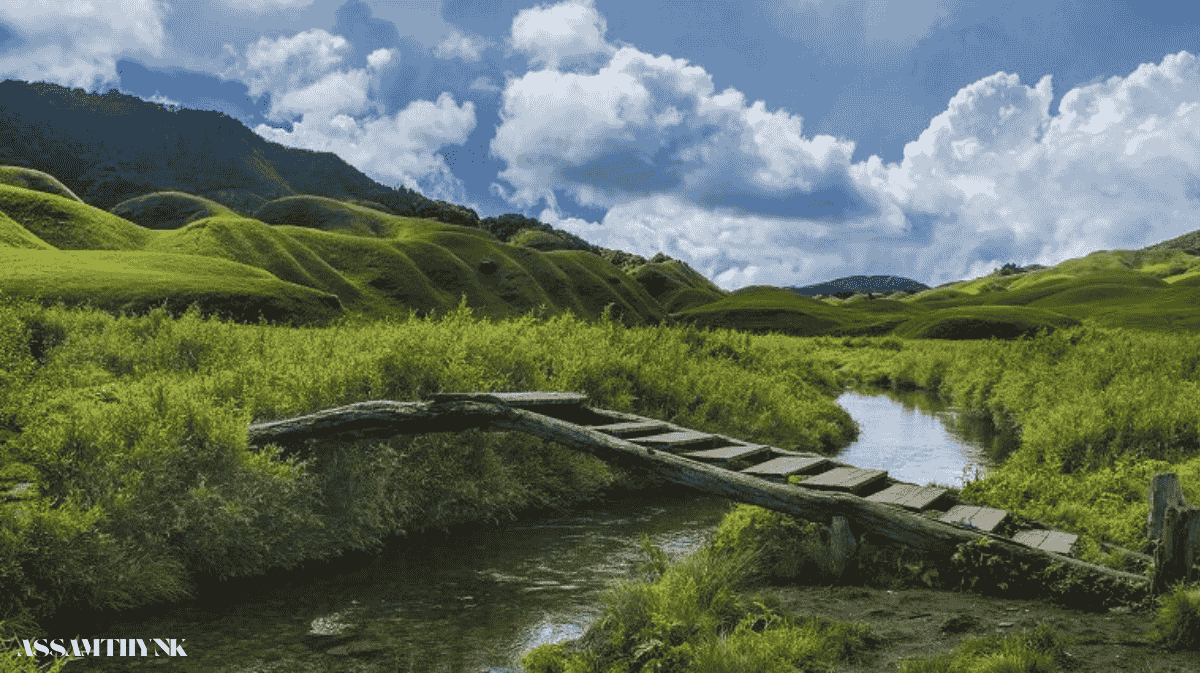
For adventure enthusiasts, Dzuko Valley is a trekker’s delight. The moderately challenging trails reward you with panoramic views of endless hills and valleys. Camping under the starry skies offers an unforgettable experience, allowing travellers to connect with nature in its purest form.
The valley is also home to rare flora like the Dzuko Lily, found nowhere else in the world. For those seeking offbeat destinations, Dzuko Valley is not just a trekking spot but a soulful escape, making it a must-visit on any journey through Manipur Tourism Places.
Adventure & Activities in Manipur
- Trekking: Ukhrul, Shirui Hills, Dzuko Valley.
- Caving: Tharon Cave explorations.
- Boating: Loktak Lake floating islands.
- Camping: Dzuko Valley meadows.
- Birdwatching: Loktak Lake and Tamenglong forests.
Best Time to Visit Manipur
- October to March: Pleasant weather for sightseeing.
- April to June: Warm but suitable for hill destinations like Ukhrul.
- July to September: Heavy rains; best avoided for travel.
Travel Tips for Manipur
- Respect local customs and traditions, especially in villages.
- Carry cash since digital payments are limited outside Imphal.
- Book accommodation early during festivals.
- Opt for homestays to experience authentic culture.
- Stay updated on border regulations before visiting Moreh.
Conclusion
Manipur is a destination where nature, history, and culture come together to offer an unforgettable travel experience. From the serene charm of Loktak Lake to the thrilling treks through Dzuko Valley and the cultural richness of Imphal, Manipur Tourism Places cater to every kind of traveller.
This comprehensive Manipur tourism guide has explored the top tourist spots, how to reach them, local cuisine, festivals, and essential travel tips. If you are planning a trip to Northeast India, be sure to include Manipur in your itinerary—you are guaranteed to return with memories that will last a lifetime, making it one of the must-visit Manipur Tourism Places.
What is the best time to visit Manipur?
October to March is ideal for pleasant weather, trekking, and sightseeing. Monsoon months (June–September) bring heavy rains.
How can I reach Manipur?
Imphal has an airport with domestic flights. Rail connectivity is limited, but road travel from Assam is popular via NH39 and NH2.
Which festivals should I experience in Manipur?
Don’t miss Yaoshang (Holi), Lai Haraoba, Ningol Chakouba, and Sangai Festival for cultural immersion.
Is Manipur safe for tourists?
Yes, major tourist areas are safe. Basic precautions and local guidance are recommended while trekking or visiting remote regions.
What are famous local foods in Manipur?
Must-try dishes include Eromba, Chamthong, Singju, fish curry, bamboo shoot curry, and seasonal local snacks.
Can I do trekking in Manipur?
Absolutely! Popular trekking destinations include Dzuko Valley, Shirui Hills, Ukhrul, and Loktak Lake surroundings.
Are there unique wildlife spots in Manipur?
Yes, Keibul Lamjao National Park is the world’s only floating national park and home to the endangered Sangai deer.
Where can I shop for local handicrafts?
Visit Andro Village, Ima Keithel (Mother’s Market), and local craft centers for traditional textiles, pottery, and handloom products.
How many days are enough to explore Manipur?
A 5–7 day itinerary is ideal to cover major attractions, local culture, and nature spots comfortably.
